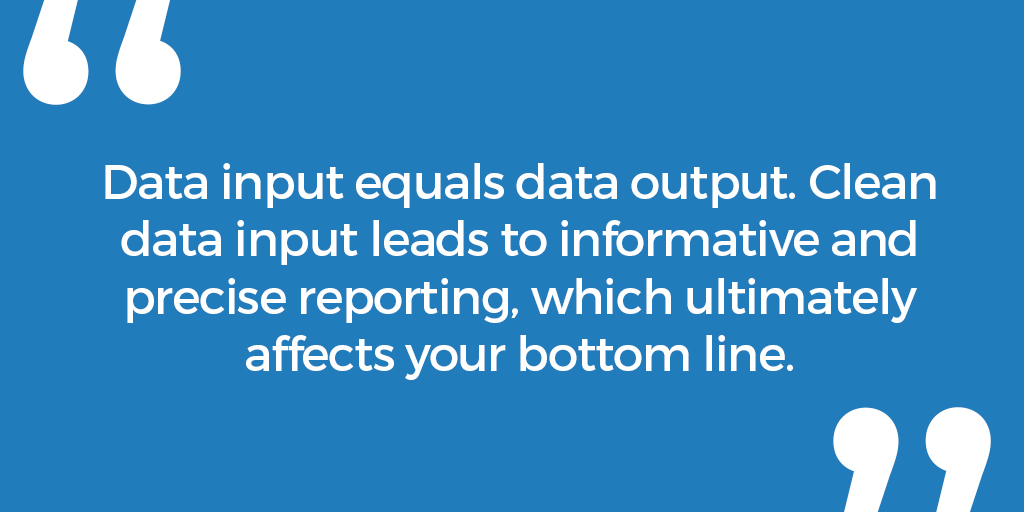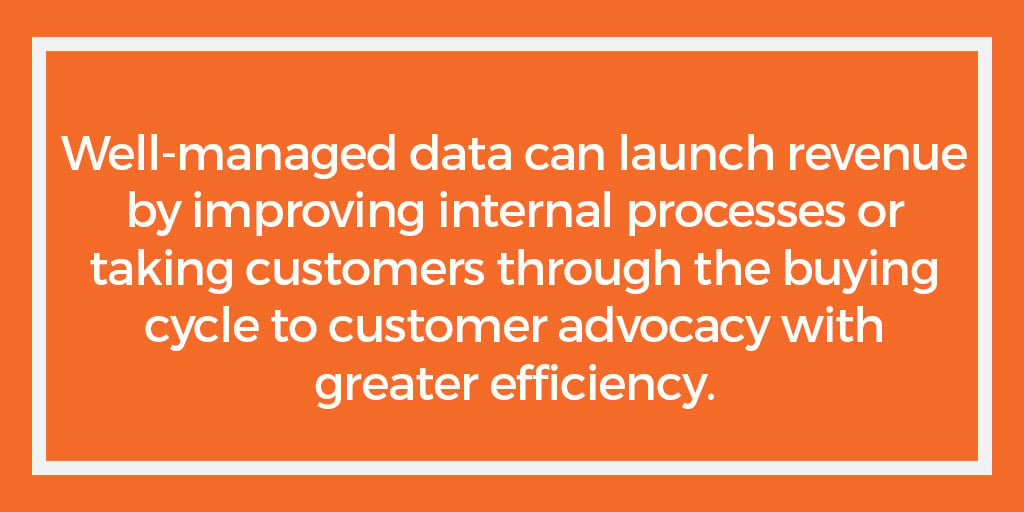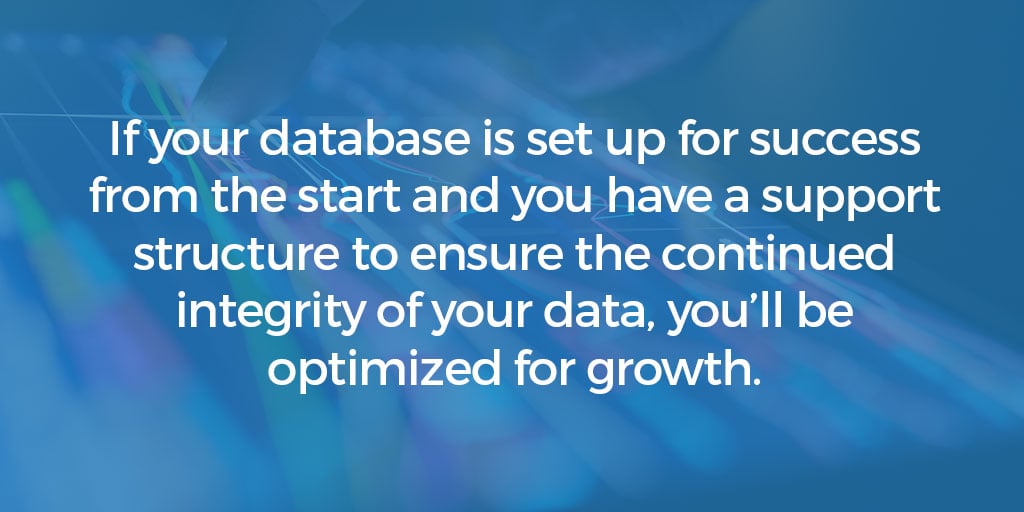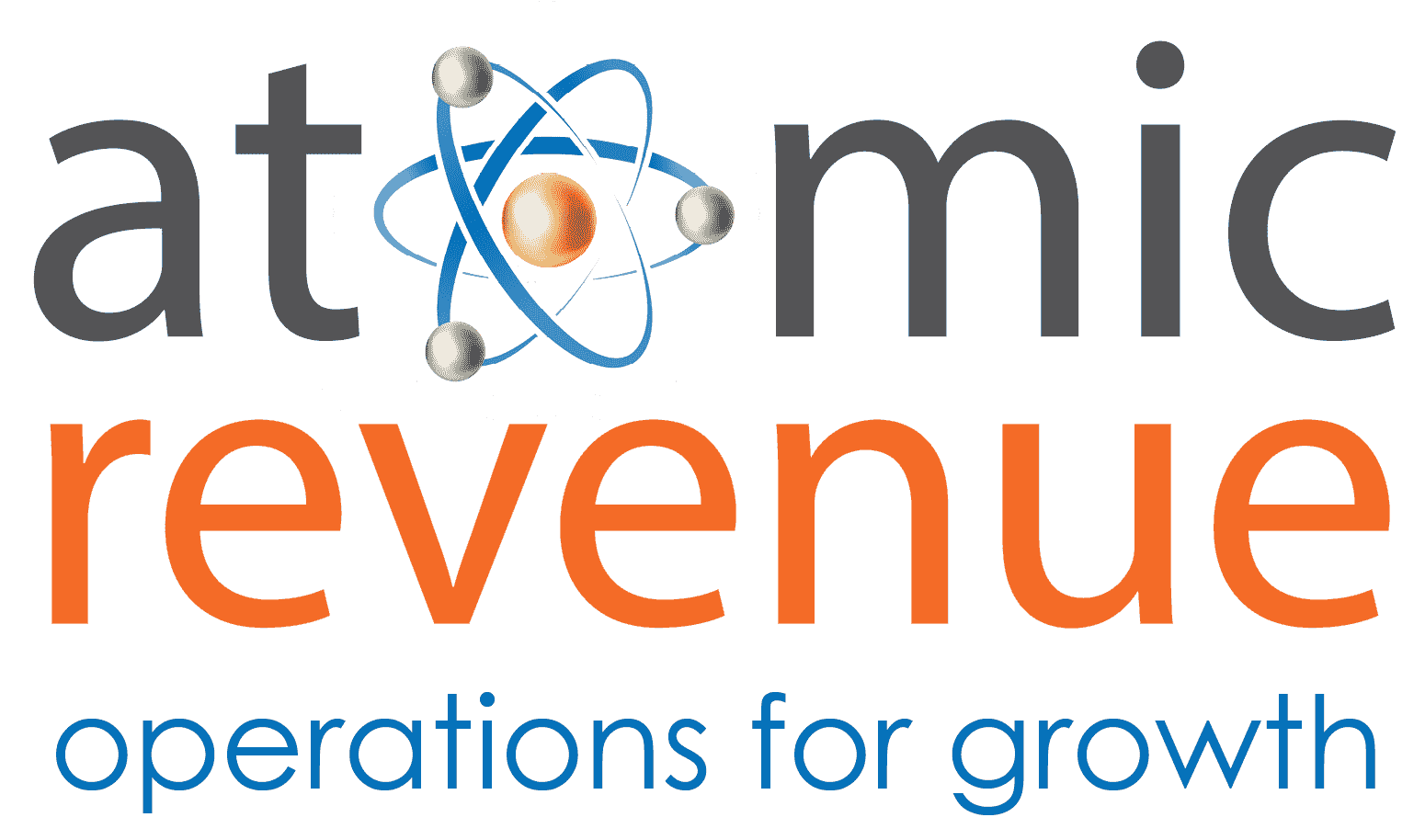.png?width=906&height=453&name=Atomic%20Revenue%20Blog%20Headers%20(9).png)
Business data programs can be full of new and confusing terms, especially if you’re just getting started, and often, many of them sound like they could be the same thing. So what is “business data'' and how do you use it to get the most from your efforts in working with data? Not only is it essential to understand data to help you interpret, track, and measure what is most essential to growing your business, but learning how to use it lends itself to greater profitability.
We’ve compiled some of the data terms you’re likely to come across and examined how they can be applied to support your business’s growth goals.
The Structure of Business Data
The structure of your business data should be your first consideration when setting up a data reporting plan or a database. Quality data in equals quality data out. Databases also require frequent management, cleansing, and maintenance, which ensures your findings are as accurate as possible.
Let's explore the structure of business data in the following:
- Business Database
- A Relational Database
- Business Data Warehouse
- Business Data Migration
Business Database: Store Large Numbers of Records Efficiently
You have probably heard this term and already have at least one database in your company. The database is the heart of any data program. The term “database” refers to the collection of data points. Most databases are a table, or a collection of tables, that contain all the information you are tracking. Your database can be full of contacts, deals, production schedules — anything. It can store very large numbers of records efficiently in a tiny amount of space (your data warehouse), so don’t be afraid to use it to its fullest potential for the best outcome.
A Relational Database: Relate Data Points to Each Other
A relational database is a type of database that refers back to the main database. This type of database is a great way to relate one set of data points to another through a single defining connection point. For example, you may have a customer relations management (CRM) database that lists all your customers’ data. You can use a unique identifier, like a customer ID, to relate this information to a sales database, linking the deal to the customer by including that customer ID in both databases.

Business Data Warehouse: Collection of Databases
What is a business data warehouse? Think of a data warehouse or enterprise data warehouse (EDW) as being the data equivalent of any warehouse. It’s a collection of databases. A data warehouse, such as SQL, allows you to store all the data from your company’s systems in one place and makes it easier to manage the system and relate one group of data to another.
Let’s use a shipping warehouse as a physical example. In this warehouse, you have rows upon rows of racks stacked with various products. When an order is placed, the picker goes and retrieves the items from the racks and brings them together to be combined into one shipment. This is the same way that a data warehouse functions, by storing all your rows of data.
Business Data Migration: Transferring from One System to Another
Business data migration is exactly what its name implies. It is the process of preparing and transferring or “migrating” data permanently from one system to another. Data migration is a permanent process due to the unique structures of each data system and the requirements of preparing and transferring data between systems.
The migration process is unique to your systems and data, and the process to migrate data will vary. Unless you have someone on staff with strong technical knowledge in the systems you are using, it is often beneficial to bring in a specialized consultant to assist with any data migration process.
Business Data: How to Work with and Manage It
Next, we will explore a few more terms you need to know to work with and manage your data to take your business to the next level of growth. Managing your data can include everything from modifying internal processes to generating qualified leads and taking customers through the 7-stage buying cycle.
In a similar vein to making sure your business database is set up for success from the start, it’s important to make sure you have a support structure to ensure the continued integrity of your data. This includes a strong data cleansing policy and potentially assigning one person to “own” the database and make sure it is kept up-to-date and accurate.
These are the six practices that will help you use your company's data to its fullest extent:
- Business Data Management
- Data Cleansing
- Data Science
- KPIs
- Data Visualization
- Data Dashboards
Business Data Management
Business data management is the practice of ensuring the stability, architecture, accessibility, and accountability of all data owned by your company.

Data Cleansing: Ensures Your Data is Accurate
Data cleansing refers to the process of ensuring your company’s data is complete, accurate, and uncorrupt. This is one of the most important aspects of any data program as correct data helps inform the decisions you are making.
Data cleansing is an ongoing task that should be performed regularly and gets progressively easier over time as new standards are developed and historical data retains its structure.
Data Science: Determine Trends, Prediction, KPIs
Data science encompasses the structure, management, and algorithms that define data and how it is interpreted. Data scientists are generally the people who have studied statistical measurement and analysis to help interpret a business’s dataset to determine trends, predictions, anomalies, and key performance indicators (KPIs).

Key Performance Indicators (KPIs): Measure Performance
Business Key Performance Indicators, often shortened to KPIs, are individual data points that help show how a company, department, individual, project, or process is performing. These are unique to every individual business and are based on the company’s specific requirements. KPIs can be measured, adjusted, and optimized as a company grows and changes.
Data Visualization: Aids in Interpretation of Data
Data visualization takes collections of data points and displays them visually on an often automated interface (data dashboard) through graphs, charts, maps, or other means to aid in the interpretation of the data and trends presented. Leadership and internal teams benefit from data visualization better than strictly using numbers, as humans retain more information from visual queues.
Data Dashboards for Business: View & Present Structured Data
Data dashboards are a great way to visualize common business information in a way that allows data to be interpreted by a wide range of people within your company. Dashboards allow you to view and present managed and structured data for individuals, product lines, and departments, as well as customer retention and trends, sales figures, customer acquisition costs (CAC), marketing ROI, customer referrals, customer close rates, and so much more. If your business isn’t operating with a data dashboard and data visualization, your growth will be limited.
Data Collection in Business
Our last focus for this blog includes two phrases that you probably hear a lot when it comes to the process of data collection in your business:
- Data Mining
- Big Data
While these aren’t the only phrases in the data-gathering process you may come across, they are two that you will see pop up often.
Data Mining: Refining Business Processes
We hear a lot about data mining, often in negative terms, but data mining simply refers to the process of looking at large collections of data within a database to pull out new, relevant pieces of data for your data sets. This is a wonderful tool for refining your business processes, but, it’s important to adhere to any regulatory or ethical considerations to avoid legal issues.
Big Data: Essential in Business Trend Analysis & Identification of Patterns
“Big Data” is a big-time axiom that really just means “all the data.” Big data is an extremely large set of related data points (think of a spreadsheet with a million rows) that can help identify business or customer trends and patterns.
Big data is broad, it may cover a large number of demographics and use cases to allow for the analysis of data points from a wide array of breakdowns and viewpoints. Big data is essential in business trend analysis and it helps to narrow in on true trends and identify any patterns that may be unseen in smaller data sets.
Atomic Revenue Helps You Understand Your Business Data
As you can see, there are a lot of things to learn about data, but the biggest takeaway is that it is imperative to have business data that is accurate, easily understood, measurable, and secure to foster growth and profitability.
Do you know the state of your data? Not sure? You don’t have to figure it out on your own; Atomic Revenue can help.
We assist B2B clients from start to finish with understanding, collecting, managing, and interpreting their company-wide data in a way that leads to greater profitability. Our subject matter experts, including data scientists and specialists, can help you define, set up, and manage data programs and processes to maximize end-to-end revenue operations tactics. Data-driven decisions lead to consistent growth and profitability.
If you're ready to learn more about data and how your business can use it for growth, schedule a no-obligation conversation with Liz, Atomic Revenue's Chief Data Advisor.
 About the Author
About the Author
Liz Campbell, Chief Data Advisor at Atomic Revenue, is dedicated to developing technologies that make business data more accessible and comprehensible. Liz helps companies align their internal systems to make sure they're capturing the right data for their unique business needs, and then automates the reporting process to ensure each business has insight into the data and analysis they need to truly understand their revenue generation process.




